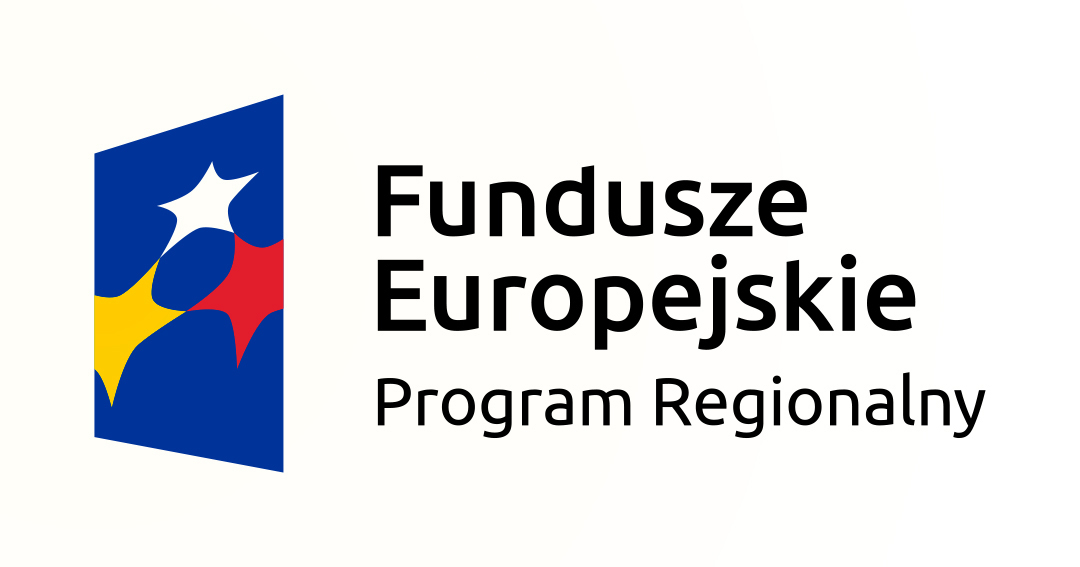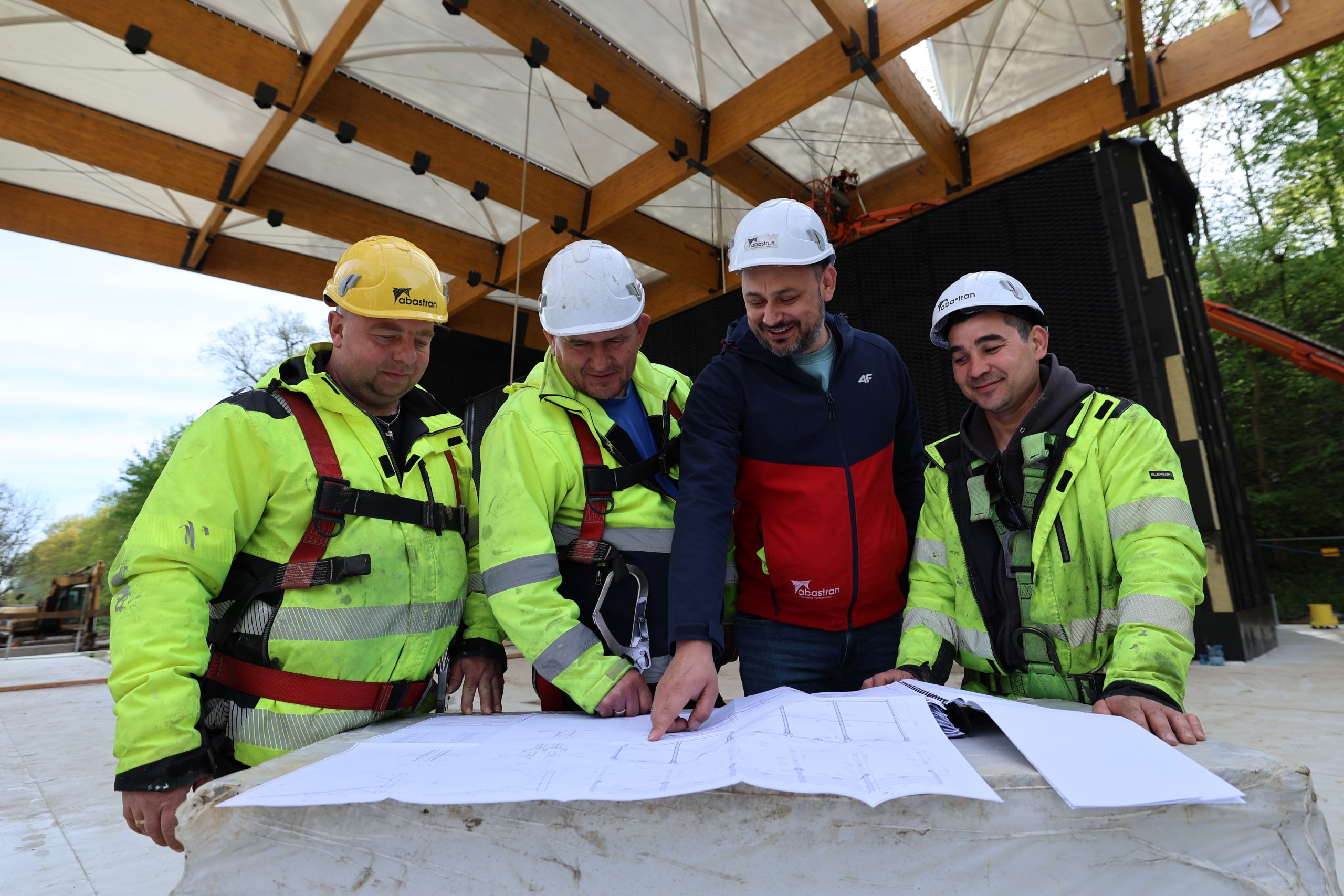
How to Read Technical Roofing Designs?
The growing popularity of lightweight structures in modern architecture has brought about the need to understand specific technical documentation. Designs for membrane, steel, or pneumatic structures differ significantly from traditional construction documentation, requiring a different interpretive approach. Precise analysis of technical documentation is the foundation of safety and durability, especially for structures exposed to extreme weather conditions.
Technical documentation for roofing is a complex set of information requiring specialist knowledge. At Abastran, we work daily with designs for various types of structures, helping investors understand their technical aspects and optimize structural solutions for specific needs.
Basics of Technical Roofing Documentation
Every roofing project contains several key elements that require special attention. The foundation consists of plans, sections, and assembly details, which present the structure from different perspectives. Plans show a top view, allowing understanding of the overall layout, while sections reveal the internal structure and how elements are connected. Assembly details focus on critical points such as nodes, fixings, or connections between different materials.
It’s important to distinguish between conceptual and execution drawings. The former present the general idea of the project for initial approval, while the latter contain precise dimensions, material specifications, and assembly instructions necessary for implementation. When analyzing technical documentation, always verify the drawing scale and units of measurement – seemingly minor inaccuracies can lead to serious execution errors. Our experience in designing membrane structures shows that potential problems can be identified at this stage, and optimizations can be introduced to save time and costs during implementation.
Specifics of Different Structure Types
Membrane structures require special attention when analyzing stresses and the layout of patterns (material cutting templates). The technical documentation for such roofing includes information about the distribution of forces in the membrane, which directly affects the shape and stability of the entire structure. Understanding how the material will behave under various loads is crucial in these projects, which is why they often include results from computer analyses showing deformations under wind or snow loads.
In the case of steel structures, the documentation focuses on profile designations, welded connections, and node details. ETFE projects, on the other hand, are distinguished by the pressure specification of the pneumatic chambers, which determines not only the system’s operating parameters but also its behavior in emergency situations. When analyzing ETFE projects, particular attention should be paid to the light transmission coefficient, which is crucial for the comfort of using the facility. At Abastran, we specialize in designing all these types of structures, offering comprehensive support from concept to completion.
Decoding Technical Symbols
The symbol legend is an indispensable element of any technical project. In roofing documentation, we encounter a range of specific symbols – from mounting anchors to PVC welds. Understanding these symbols is key to correctly interpreting the project. Material designations indicate the type of components used, and it is important to distinguish between similar materials, such as PTFE and PVC, which, despite apparent similarities, have different properties and applications.
Load symbols, such as wind and snow indicators, inform about the anticipated forces acting on the structure. Their correct interpretation allows assessment of whether the project meets the requirements for a given geographical location and climatic conditions. Creating a personal dictionary of symbols for frequently encountered manufacturers is good practice, significantly speeding up documentation analysis. Our experience in PVC welding and PTFE fabrication allows us to accurately interpret even the most complex technical symbols, translating into flawless execution.
Analysis of Technical Parameters and Legal Requirements
Material strength is one of the most important aspects of any roofing project. Technical documentation includes the classification of fabrics and foils, specifying their strength parameters and durability. For temporary structures, safety factors are particularly important, accounting for potential overloads and material fatigue. The specification of anchoring systems determines how loads are transferred to the ground or existing structure.
The PN-EN 13782 standard for temporary structures forms the legal basis that technical documentation must meet. It specifies minimum safety requirements, test procedures, and guidelines for assembly and disassembly. During the acceptance of pneumatic installations, pressure test protocols confirming the system’s tightness and strength are crucial. It is always worthwhile to request homologation certificates for all load-bearing elements, guaranteeing their compliance with applicable standards. At Abastran, we place particular emphasis on the compliance of our projects with legal requirements, ensuring the complete safety of the implemented structures for our clients.
If you need professional help interpreting technical roofing documentation or are planning a project for a membrane, steel, ETFE, or tent structure, contact our team of experts. Years of experience in the industry allow us to offer solutions that combine innovation with the highest safety standards.
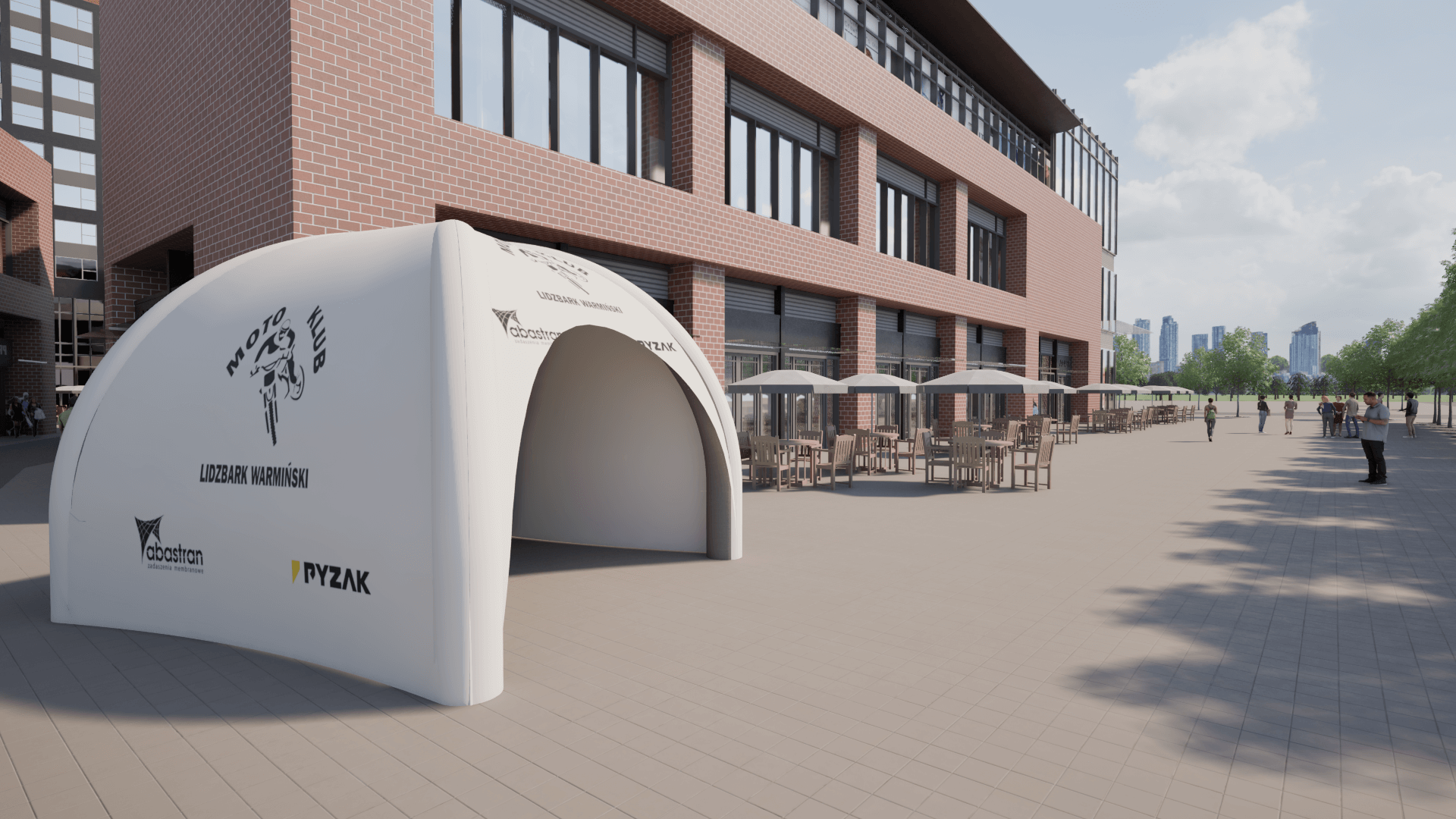
Advertising Tents as an Investment – How to Increase Brand Recognition at Events?
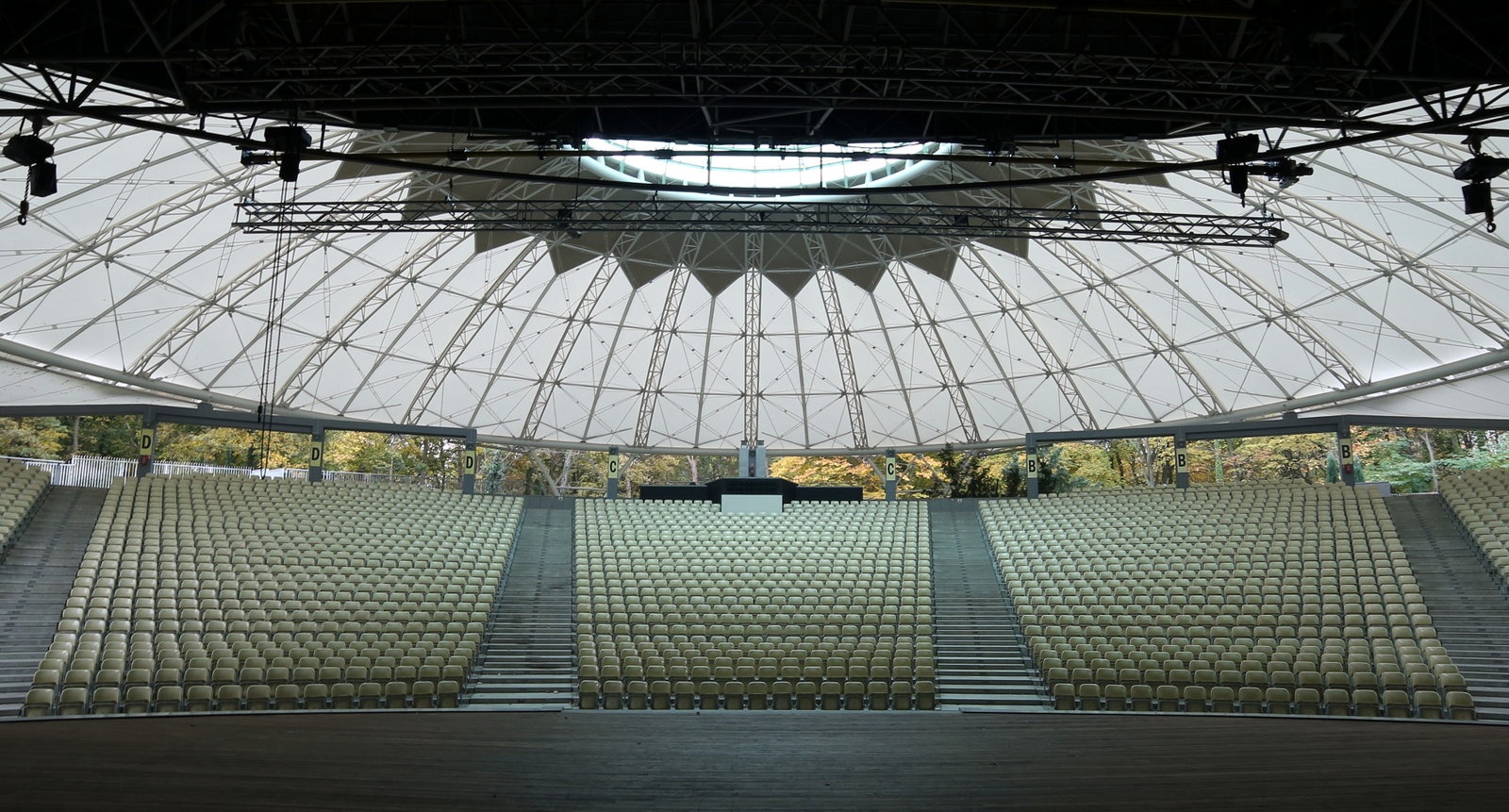
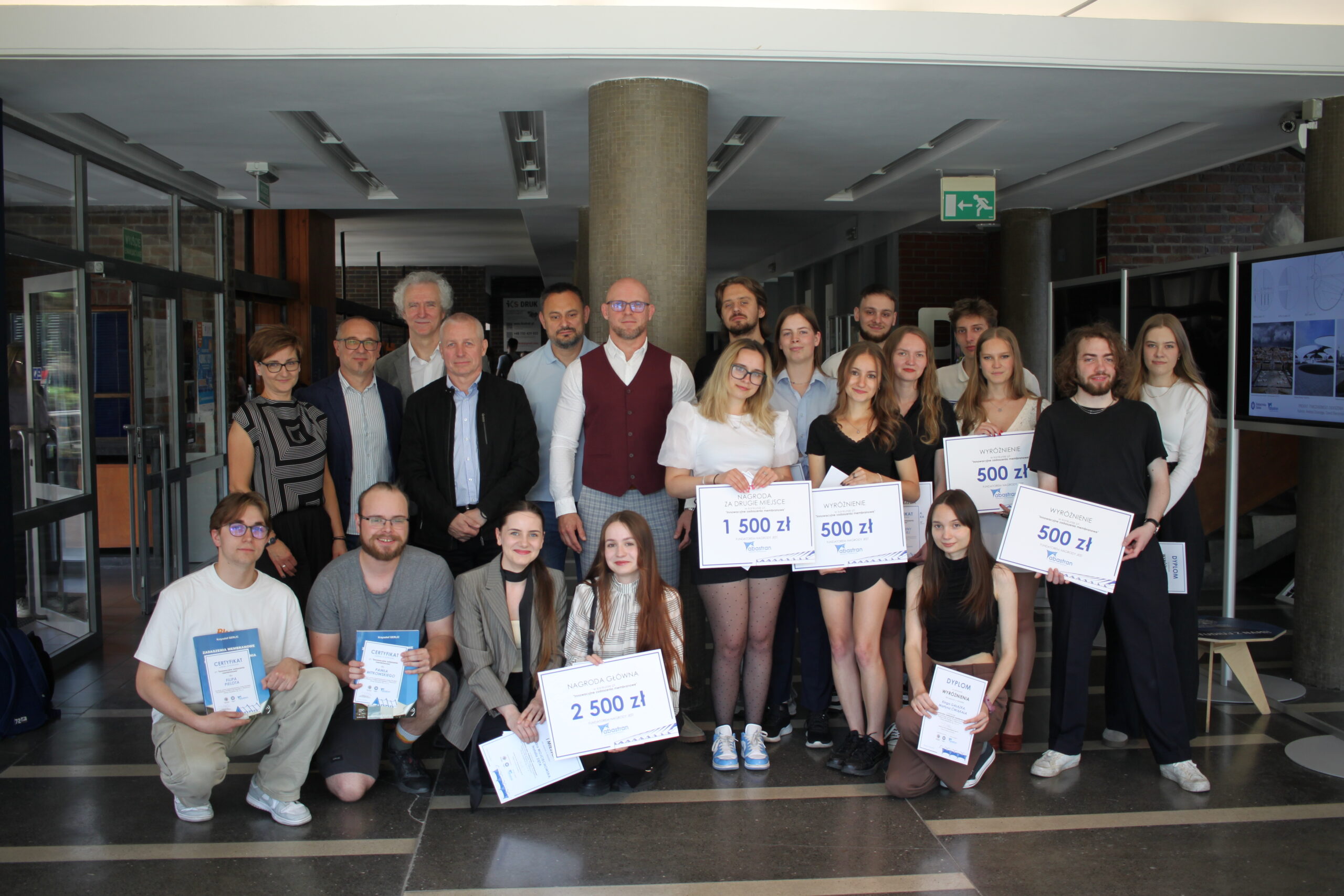
Competition for Innovative Membrane Roofing – Results and Inspirations
This year, we had the pleasure of organizing a competition together with the Faculty of Architecture at the Silesian University of Technology for 6th-semester students to design innovative membrane roofing. The award ceremony, held at the Faculty of Architecture in Gliwice, was the culmination of the young designers’ creative and technical journey.





